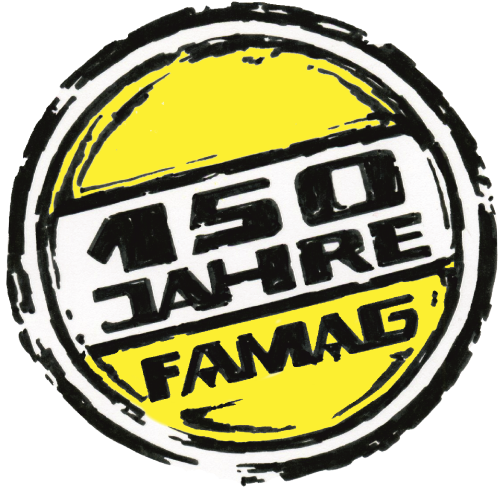We do not know when people in Europe started to build stairs from wood. However, we know that the eldest preserved wooden staircase in Europe is over 675 years old and dates back to the Bronze Age. With a width of one metre this staircase already could be used by several people at the same time. The design only differed slight from the simple stairs of today. There were side rails, step boards and distance boards to reach the step heights.

Later in history, staircases were fitted with wailings and wooden bars between the railings and the stair string. To bring the dimensions between string and those wailings and wooden bars in a visually beautiful relationship, the carpenter of the time very often decided for diameters of 25 mm. He used a spiral drill bit for wood with a long three or four point tip for drilling the holes for the bars. Since the components were already made of hard wood at that time, these drilling tools achieved rather moderate results. The diameter of the bars has often remained the same until today. However, the drilling tools have changed considerably, but more of this later.
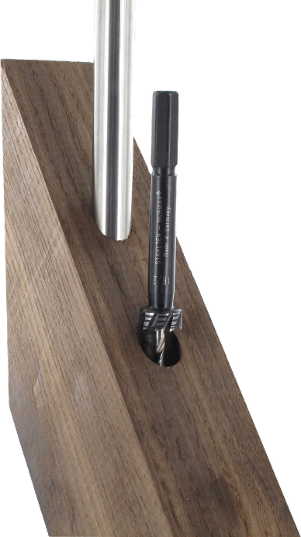
Stairs are manufactured in series production on modern CNC machines today. Not only in the renovation of old buildings stairs are often installed and processed on site.
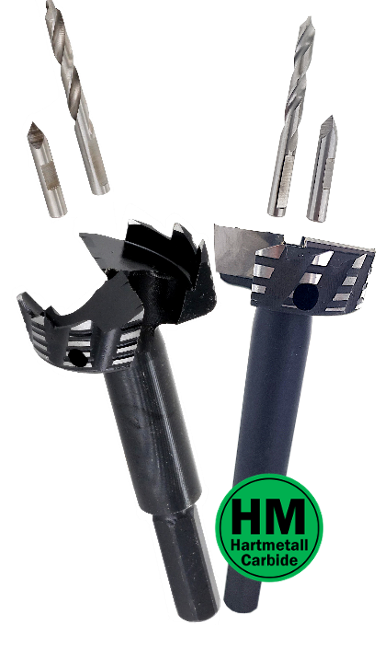 In this application the carpenter drills the holes for the wooden bars in the stair strings and the handrail on site. High precision holes must be drilled here,
otherwise the components simply do not fit together during assembling. Usually the components of the stairs are made of hard wood and so the professional carpenter needs wear-resistant drilling tools.
Today he uses the “Bormax prima” cylinder head drill bits as drilling tools, either made of alloyed tool steel or in TCT version (carbide tipped).
In this application the carpenter drills the holes for the wooden bars in the stair strings and the handrail on site. High precision holes must be drilled here,
otherwise the components simply do not fit together during assembling. Usually the components of the stairs are made of hard wood and so the professional carpenter needs wear-resistant drilling tools.
Today he uses the “Bormax prima” cylinder head drill bits as drilling tools, either made of alloyed tool steel or in TCT version (carbide tipped).
But how does the carpenter ensure the exact setting angle of the drill to the stair string or handrail? The FAMAG drill rig for stair construction provides exact and high-precision services for this application!
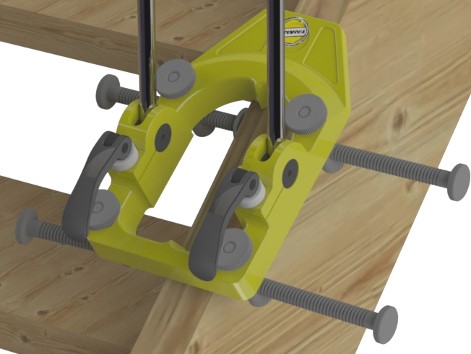
The FAMAG drill rigs for stair construction consist of one pivoting foot, two solid guiding columns, one movable bridge for the hold of the drill machine and a stabilizer which is connecting both guiding columns.
In order to make the drill rig solid but light, the most important
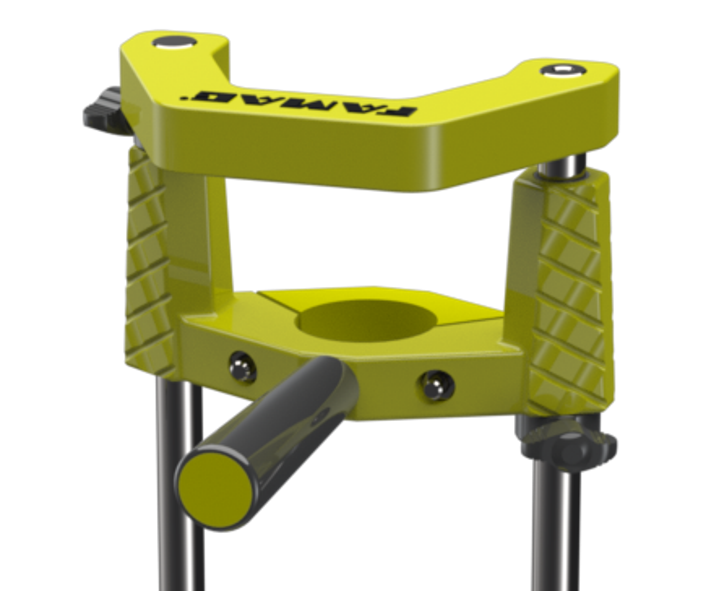 components are made of aluminium and afterwards powder-coated. In the movable guide bridge all machines EURO Ø 43 mm find a safe hold.
components are made of aluminium and afterwards powder-coated. In the movable guide bridge all machines EURO Ø 43 mm find a safe hold.
By means of two depth adjusters the drive of the drill can be positioned respectively limited. We deliver the rigs for stair construction either with our without fixture. By this device it can be mounted on the stair string. Fixture elements can also be ordered separately and thus retrofitted.
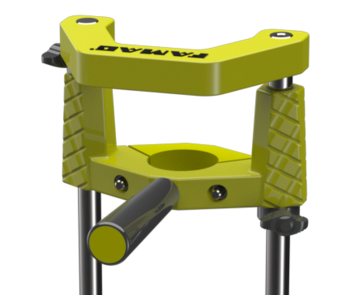
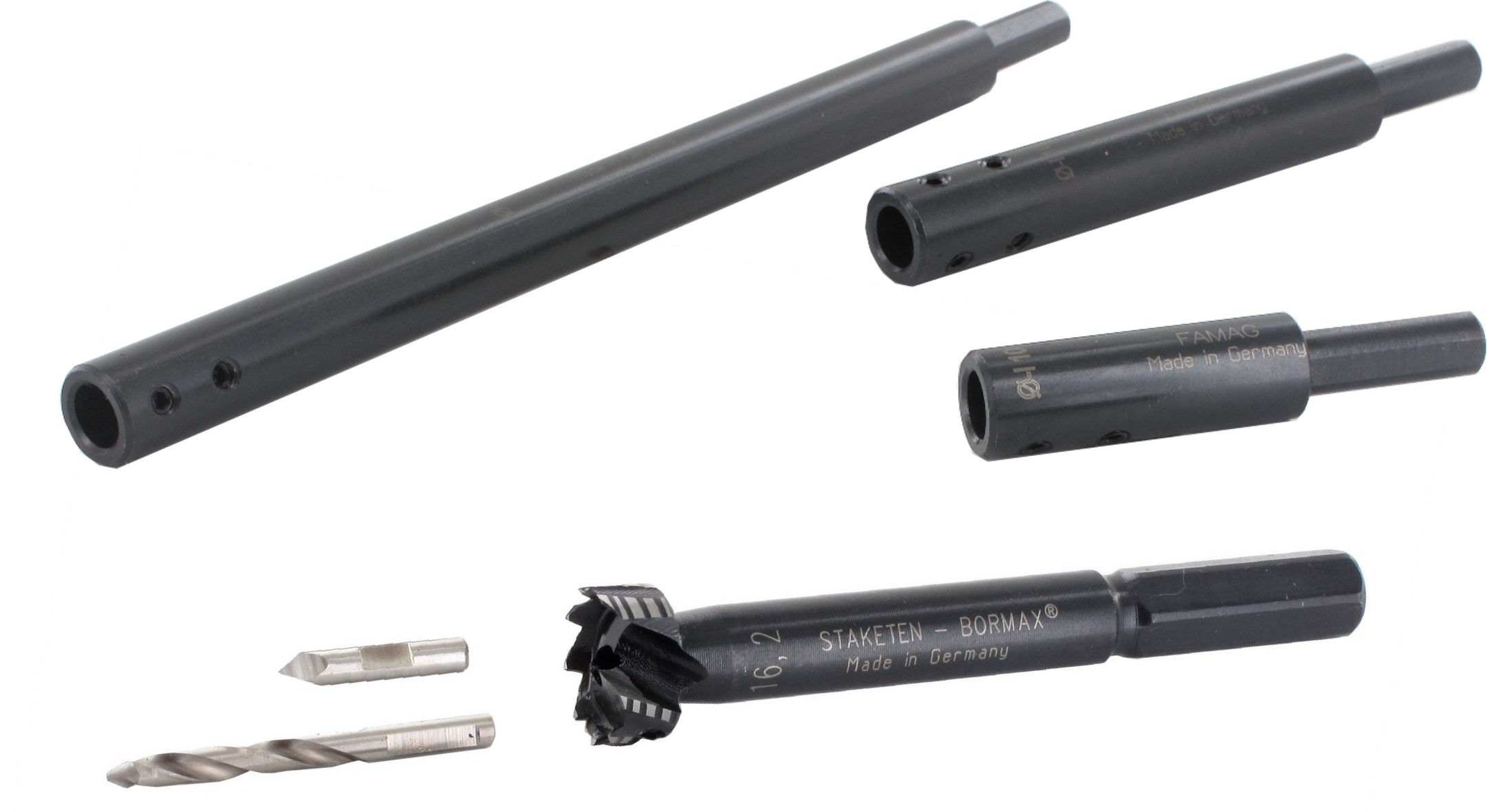
A power drill or a cordless screwdriver (EURO Ø 43 mm) can be mounted in the guide bridge. The setting angle of the drill rig can be adjusted infinitely and can be fixed by means of two handles.
You achieve best results using the “Bormax prima” drill bits with mounted pilot drill as drilling tool.
In case the setting angle of your staircase is especially large it might help to extend the “Bormax prima” drill bits with an extension of product line 1639.
Tighten the drill rig with the fixture elements on the stair string,
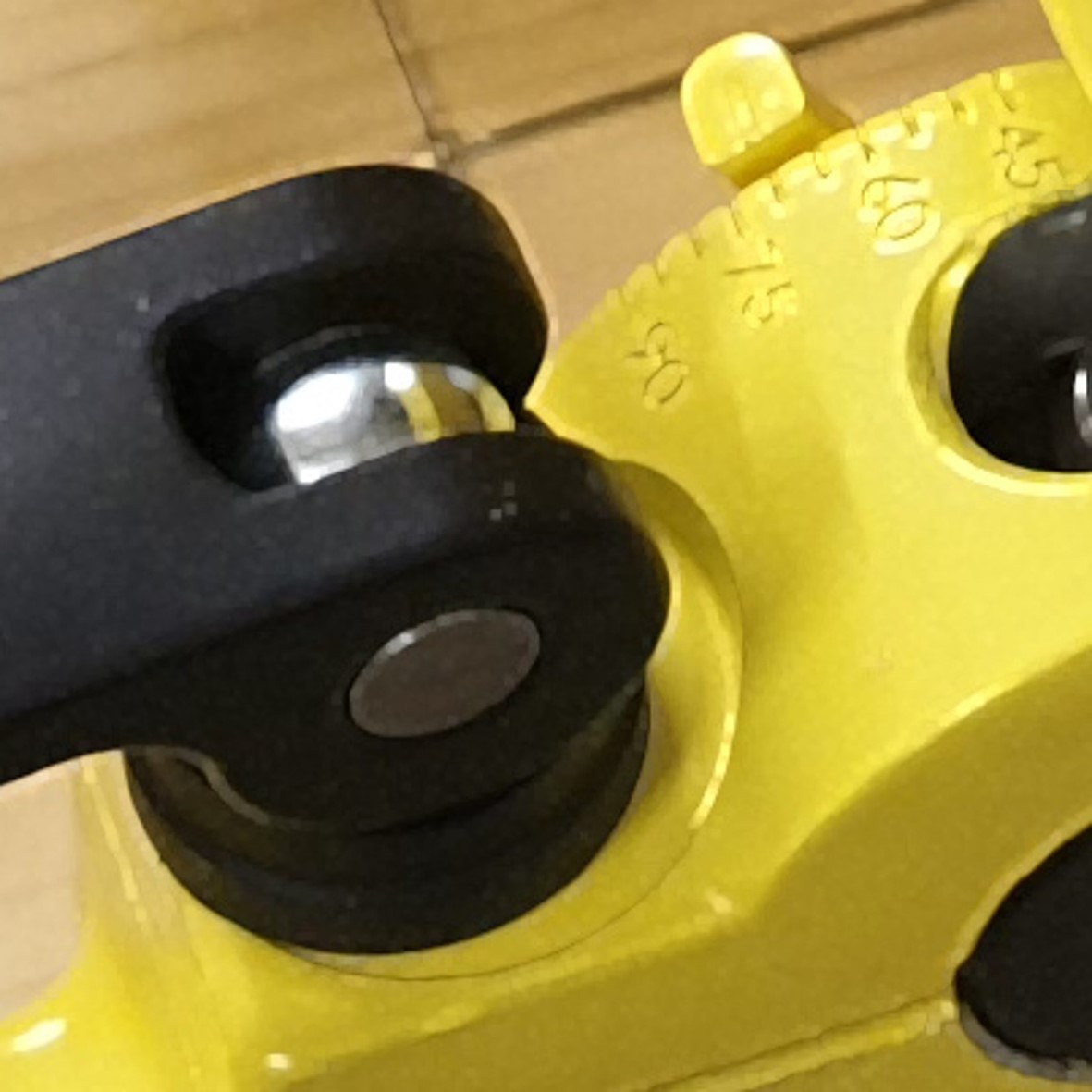 adjust the setting angle precisely by using the new angle scale and start your work. With the additional handle on the guide bridge,
the machine can easily be guided over the two guiding columns.
adjust the setting angle precisely by using the new angle scale and start your work. With the additional handle on the guide bridge,
the machine can easily be guided over the two guiding columns.
Since the drill rig is particularly stable due to its stabilizer at the end of the guide columns you are able to drill without any tolerance. The result are very proper, exact and circular holes. This is very important, as the holes for the hold of the bars usually remain visible.
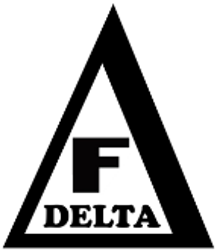
The drill rigs for stair construction are characterized by great stability and low weight, since they are made of aluminium. The quality and the price / performance ratio of these drill rigs are excellent. Due to these combinations the drill rig for stair construction belongs to the DELTA-F family of FAMAG.
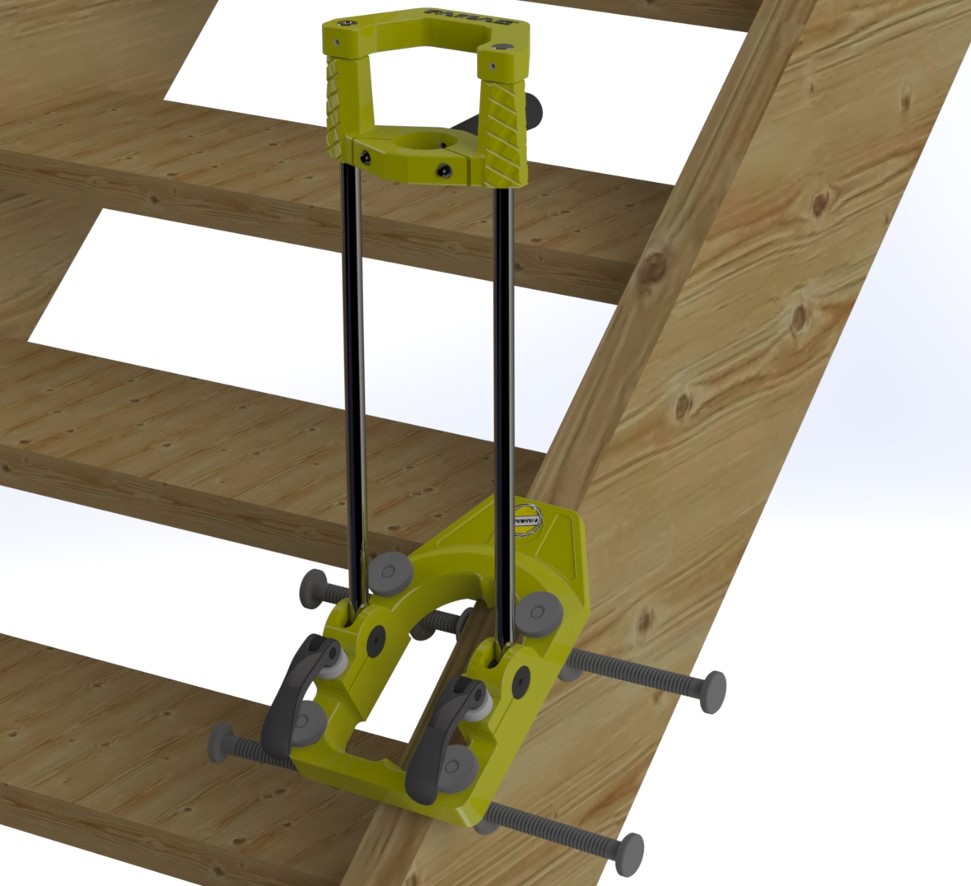
- compact and robust but lightweight construction due to the aluminium material used
- easy movement of the guide bridge thanks to ground guide columns made of stainless steel
- highest torsional stiffness due to the stabilizer at the end of the guiding columns
- easy and steplessly rotatable up to 45°
- easily readable pivoting angle by the separate scale
- easy fixing of the pivoting angle by two quick clamps
- compatible with all electric machines with Euro neck (Ø 43 mm)
- two infinitely variable depth adjusters
- clamping possibility on timber rafters by means of four clamping elements which are available in the accessories
Overview of the most important details:
| Product line | 1406 |
|---|---|
| Foot exterior | 250 x 150 mm |
| Foot interior | 140 x 90 mm |
| Drilling Depth | 320 mm |
| for Drill Length | 350 mm |
| Stabilizer | incl. |
| Pivoting | infinitely 45 - 90° |
| Weight | < 5.000 g |
| Packaging | Carton |
| PU | 1 |
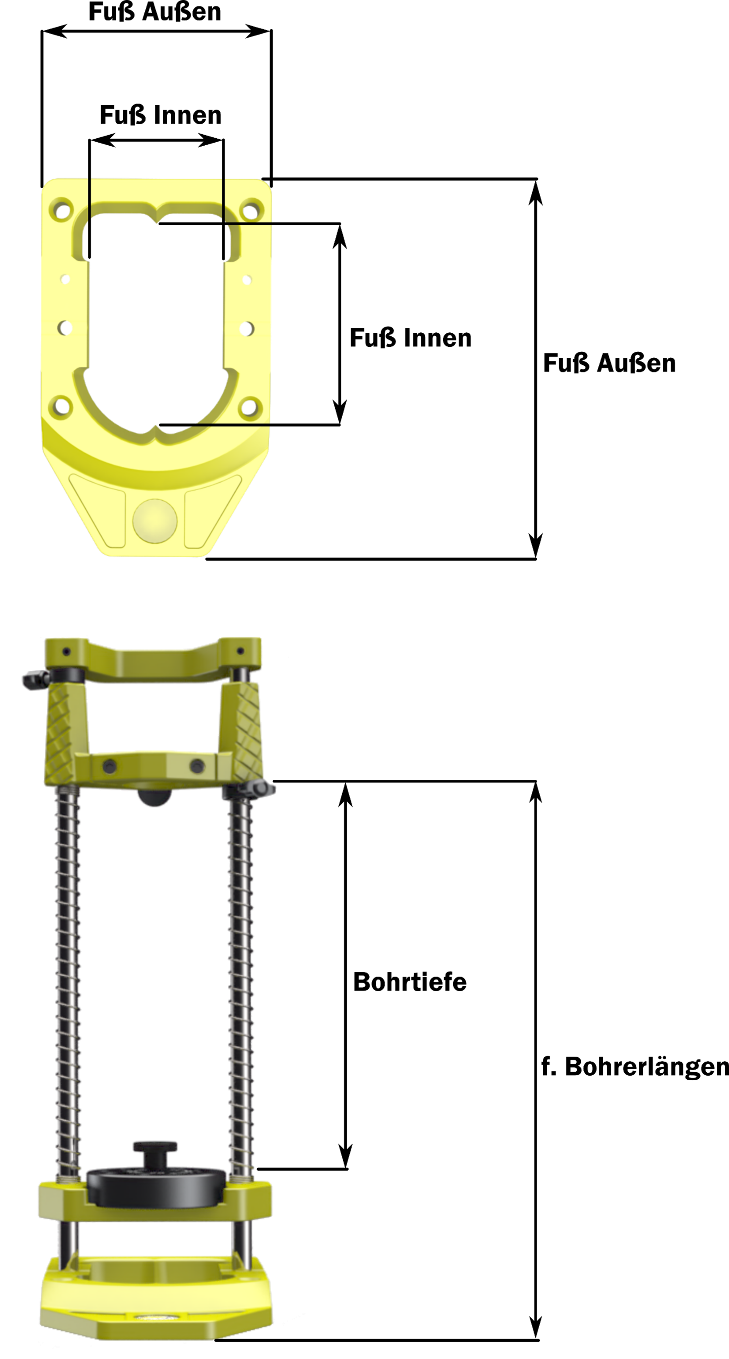
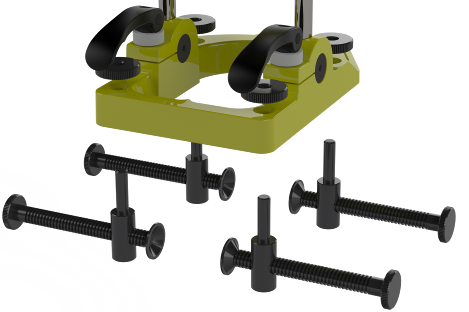
(to the product)
You can buy the drill rig for stair construction with or without fixture/fastening device. Since these devices are also available individually in the accessories, they can be retrofitted at any time.
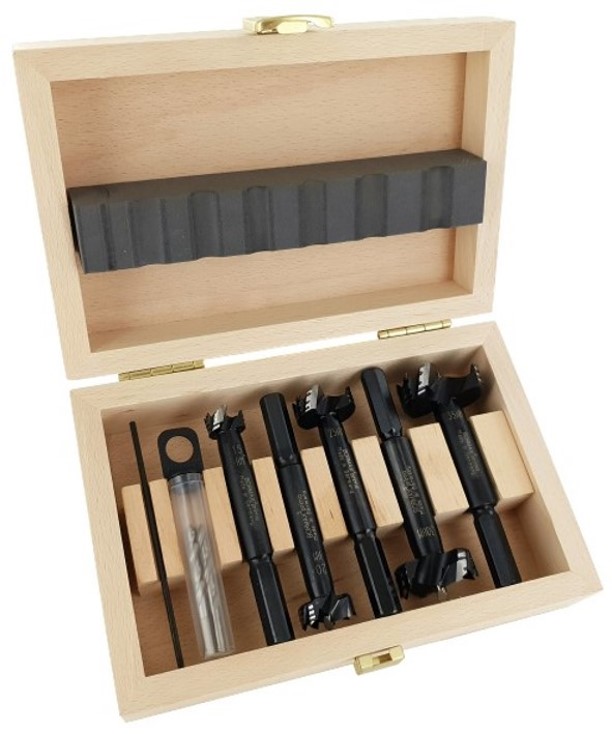
We recommend to use the “Bormax prima” cylinder head boring bit with changeable centre point respectively pilot drill as drilling tool. You achieve best results with mounted pilot drill in this application. The "Bormax prima” drill bits are available in alloyed tool steel version (product line 1624) or high quality TCT (carbide tipped, product line 1664).
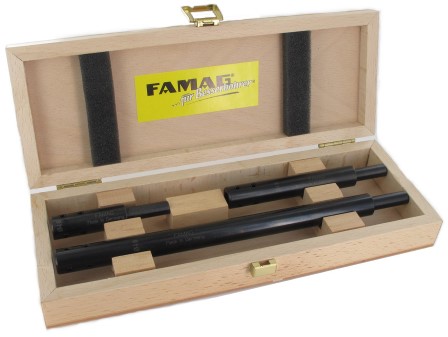
(to the product)
The ideal supplements are the extensions of product line 1639 in the overall lengths 80, 125 or 250 mm. We also offer an extension in 400 mm overall length, but that should be a bit too long for the here mentioned application.
With the universal drill chuck adapter, you can flexibly use a wide variety of machines, regardless of their diameter. The adapter can be easily mounted into the existing machine holder of the drill stand and features a sturdy hexagonal shank that ensures secure clamping of all types of machines.

(to the product)


